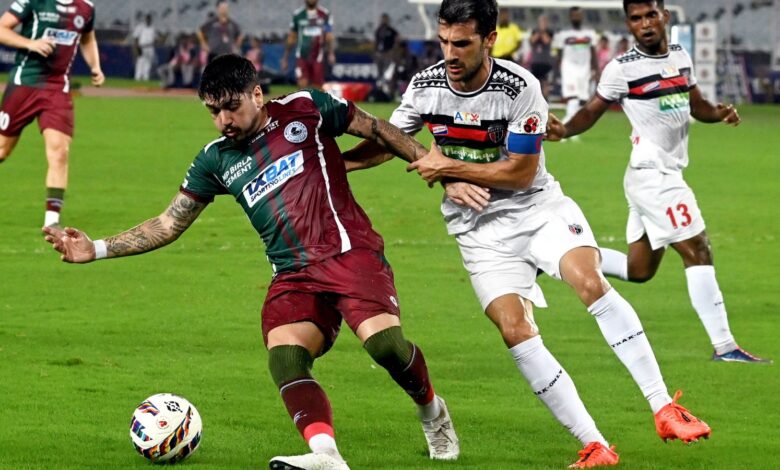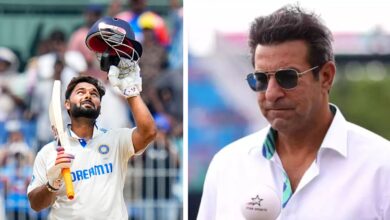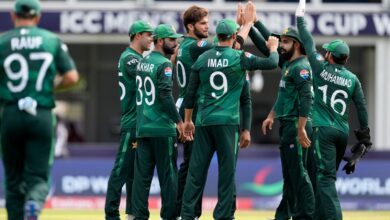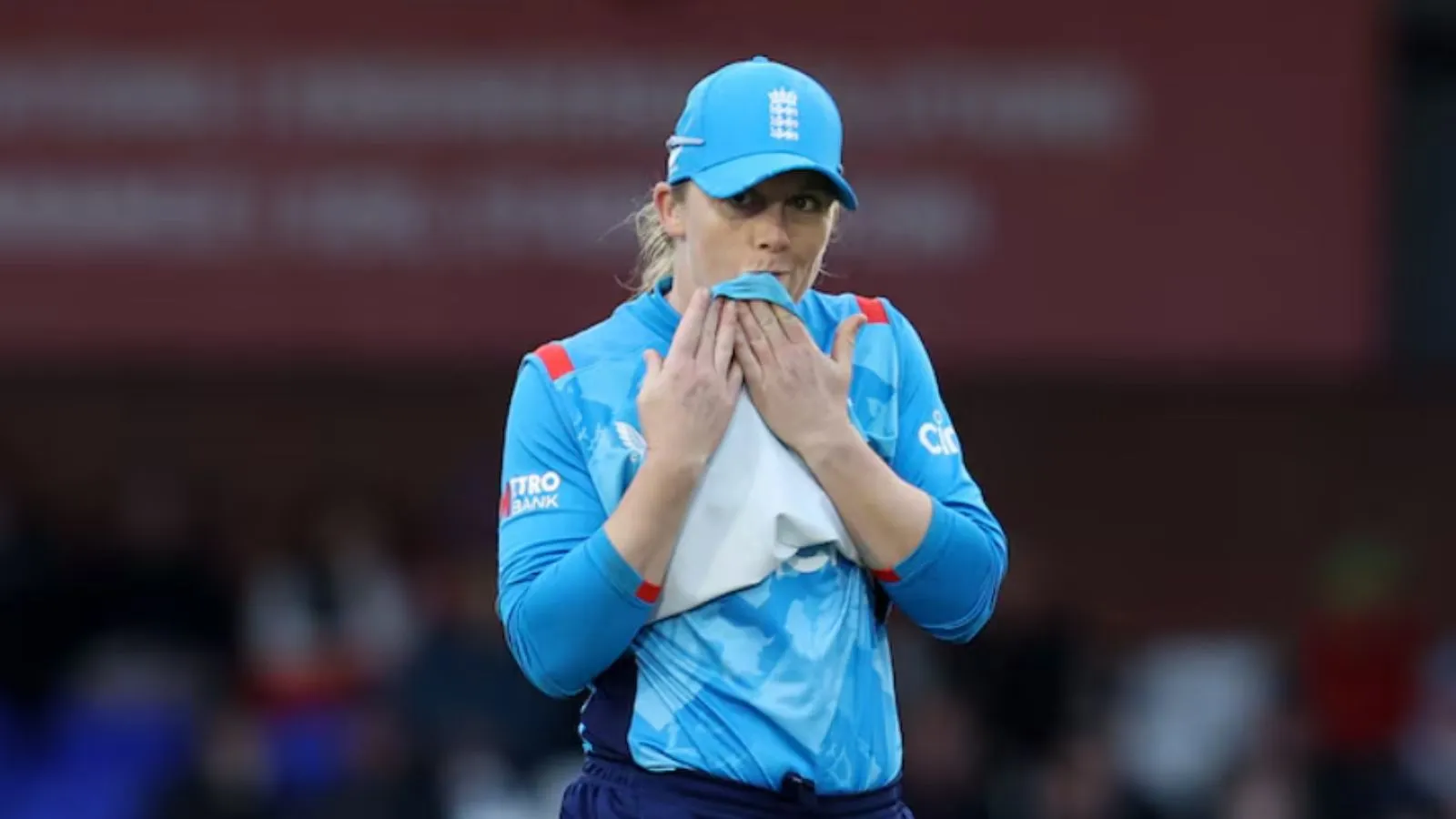ISL Matchday 2: Why won’t ISL clubs invest time in Indian strikers? | Football News

Sift through previews of the Indian Super League. Notice how many strikers are mentioned in these previews and then notice how many of those names, barring Sunil Chhetri, are Indian. Dmitri Petratos of Mohun Bagan, Dimitrios Diamantakos of Kerala Blasters, Armando Sadiku of FC Goa – the l goes on and Indians rarely make the cut. That has been the story of the Indian Super League – one that refuses to change two weeks into its 11th year of exence.
The second game of Matchday 1 between Odisha FC and Chennaiyin FC saw a unique occurrence where two Indian strikers – playing in their positions – faced off against each other. But barring that rare incident, the position of a striker is a strictly expat-level responsibility, one that has affected the Indian national football team in the past and continues to do so.
Since the ISL became the top league in India, game-time for Indian strikers has steadily dwindled. This season, Sunil Chhetri either starts from the wing or from the bench – when he scored twice against Hyderabad FC. Manvir Singh, a player who as recently as last year scored for India on the road against Kuwait in a World Cup qualifier match, has been relegated to the right wing for a few seasons at Mohun Bagan. Rahim Ali, who went with the national team to the Hangzhou Asian Games started as a striker in a 4-4-2 formation for Odisha FC against Chennaiyin.
The only ISL team that has not recruited a foreign player for the position is Hyderabad FC and a likely reason for that is the BC Jindal group coming in late and purchasing the club after coaches and players hadn’t been paid over the previous season. That situation of a foreign starter is likely to be corrected over the next transfer window or the next season.
As has been the norm for a few seasons, the spine of the team – central defenders, central midfielders, and strikers are usually foreign players signed ISL teams specifically for those positions. While more Indian central midfielders are now being used teams in the ISL, the national team continues to lack depth in two positions – centre-backs and strikers. It’s a reflection of the lack of faith shown coaches, as well as the stubbornness of clubs to not give Indians regular time in those positions.
Since the ISL does not have any relegation and has seen opposition to the concept most clubs, logic would dictate that giving swathes of game time to young Indian players might be a no-brainer – yet the league continues to chase short-term goals, and clubs, the allure of results – but what gets left behind is the opportunity to grow football in the country. This is knowing that the success of the national team is the only formula for the success of any domestic league.
Jeje Lalpekhlua often said that Indian strikers would rarely get opportunities and if a goal rut were to occur, the chances of getting further playing time came down drastically. (File Photo/AIFF)
Recently Mizoram striker Edmund Lalrindika made his debut for the national team. At 25, he had spent two seasons with appearances for Bengaluru FC barely touching double digits. Lalrindika joined Inter Kashi, an I-League team on loan last season and made the move permanent this year and was promptly involved in 24 games for the club based out of Uttar Pradesh. 22-year-old East Bengal striker David Lalhlansanga spent last season at Mohammedan SC, where he played 25 games and scored 11 goals. This season when the third Kolkata giant joined the ISL, Lalhlansanga switched to East Bengal. He was benched for their season opener and given eight minutes of game time in their second game against Bengaluru FC.
Both strikers can be considered as players who might eventually start featuring regularly for the national team. But it is clear that if Indian strikers need game time, they are going to have to go to the second division because, at the ISL, their growth will stagnate as clubs continue to field foreign strikers.
The problem of ISL clubs not giving strikers game time has been brought up players and coaches alike. Jeje Lalpekhlua – considered many to be the answer to life after Chhetri, before injuries made him retire earlier than usual, often said that Indian strikers would rarely get opportunities and if a goal rut were to occur, the chances of getting further playing time came down drastically.
Indian strikers getting to play in the I-League was a concept that former India coach Igor Stimac had spoken about in 2021. “We can also think about starting the I-League without foreign players because that will open doors for Indian strikers, midfielders, and center-backs that will help the national team enormously in three-four years’ time.”
But since then Stimac has left, the ISL has moved on, and yet the issues that have plagued the national team seem to not have an end in sight – as the start of this season has showcased.







